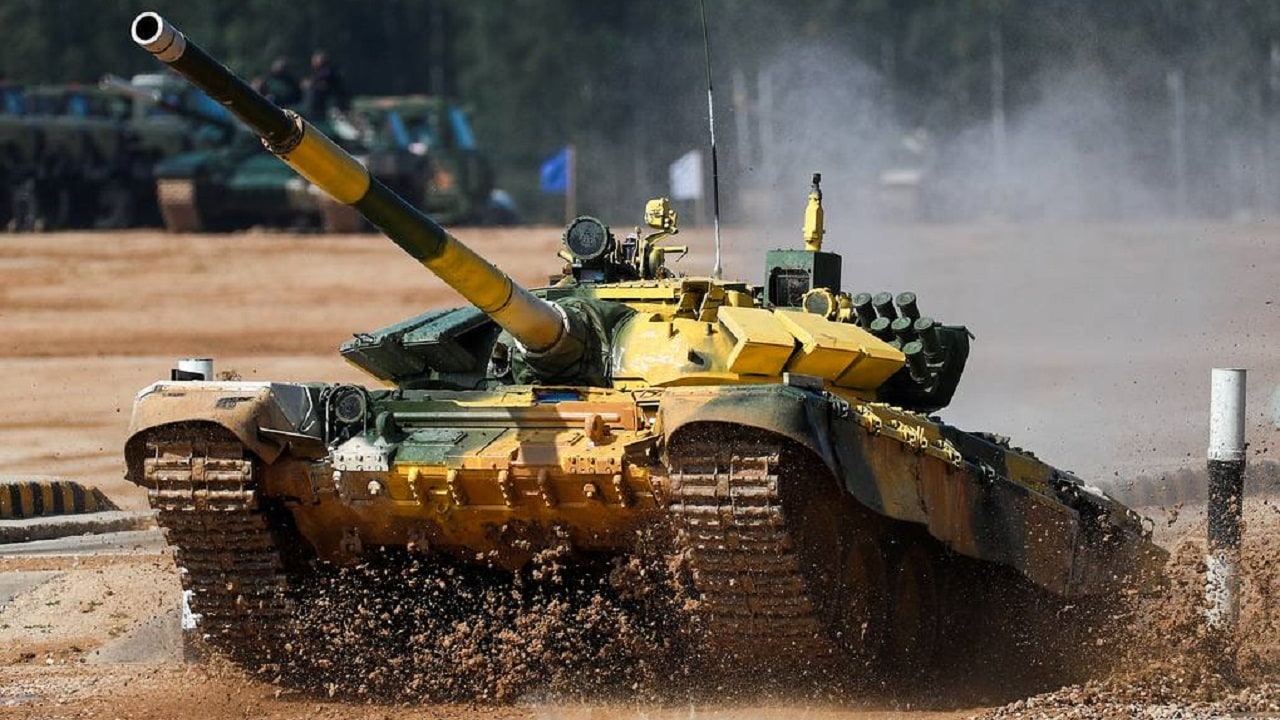In warfare, timing is a subtle beast – and even before Russia launched its unprovoked invasion of Ukraine, there were reports that Russian Federation President Vladimir Putin was waiting for the 2022 Beijing Olympics to end.
Senior Biden administration officials and a European official told The New York Times earlier this month that an intelligence report had even suggested that China had requested Russia delay its invasion until after the game’s closing ceremonies.
Putin and Chinese President Xi Jinping had met on Feb. 4, before the games began, while Russia launched its unprovoked invasion on Feb. 24 – just four days after Olympics ended.
If true, that Putin waited, then that decision could cause even bigger problems for Russian forces in the coming weeks.
The late winter thaws will soon lead to the “rasputitsa,” the Russian term for the two seasons of the year – spring and autumn – when travel on unpaved roads across the vast plains of the country became difficult due to the muddy conditions.
The word literally translates to “thaw” but has come to mean “time without roads.”
Nine Critical Days?
The movement of large amounts of tanks in the winter months can always be a complicated affair, even today. In fact, a Russian invasion of Ukraine may have been delayed simply because the ground wasn’t frozen solid enough in January. According to American estimates, the “peak freeze” for the ground in Ukraine would have been around February 15, yet Russia waited nine days to strike.
How crucial the delay was isn’t clear.
Even in the weeks leading up to the invasion, Russian tanks were practically inundated in mud in the Rostov region near the southeastern border with Ukraine, due to a fairly mild winter. Images shared on social media showed nearly a dozen tanks, including older T-72s, stuck in the deep mud. The situation appeared so bad that a construction digger was brought in to help free the Russian armor.
The Russian military is not unfamiliar with the rasputitsa however.
“The Russian military trains in all types of weathertheir training cycles extend all year round, so they do have some familiarity with shifting ground conditions,” Dara Massicot, a senior policy researcher with the Rand Corporation, who specializes in Russian defense matters, told Foreign Policy last month.
It should also be added that some of the coldest weather to hit the region this winter only came in early March, after Russia’s invasion had begun. As a result many Russian troops were forced to sleep in unheated vehicles, due to limited fuel supplies, which meant the engines had to be shut down.
General Mud
Even as the Russian military may have gotten used to dealing with mud in training, doesn’t mean it will be ready for it in the coming days and weeks. Putin likely expected to be in Kyiv by this time, and instead his tanks will have to deal with the muddy conditions that have hampered past invaders.
“General mud” – much like “General frost” – has been credited with playing a role in Russia’s victories over invading forces.
The rasputitsa has been said to have helped saved Novgorod from conquest during the 13th century Mongol invasion, while Napoleon’s forces were greatly slowed by the mud during the French invasion of Russia in 1812. The months-long rasputitsa certainly slowed the German advance during the Battle of Moscow in the fall of 1941, and have helped saved Moscow from capture.
“The roads rapidly became nothing more than canals of bottomless mud, along which our vehicles could only advance at a snail’s pace and with great wear to the engines,” German General Heinz Guderian lamented after the march on Moscow ground to a halt.
There are of course far more paved roads across the former Soviet Union – including Ukraine – than the Germans could have employed in 1941 and 1942, and the Russian Army has far more all-wheel-drive trucks and all-wheel-drive armored personnel carriers (APCs), but mud remains a problem for any modern army.
Moreover, as last week’s ambush of a tank column outside Kyiv also showed, Russian forces can’t simply roll down those main roads so easily either. As the rasputitsa is coming, it will only further slow down any Russian advances.
Now a Senior Editor for 1945, Peter Suciu is a Michigan-based writer who has contributed to more than four dozen magazines, newspapers, and websites. He regularly writes about military hardware and is the author of several books on military headgear including A Gallery of Military Headdress, which is available on Amazon.com. Peter is also a Contributing Writer for Forbes.

